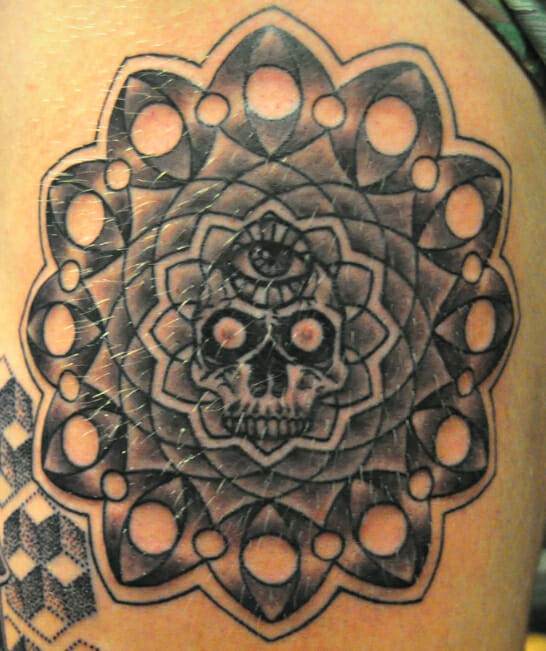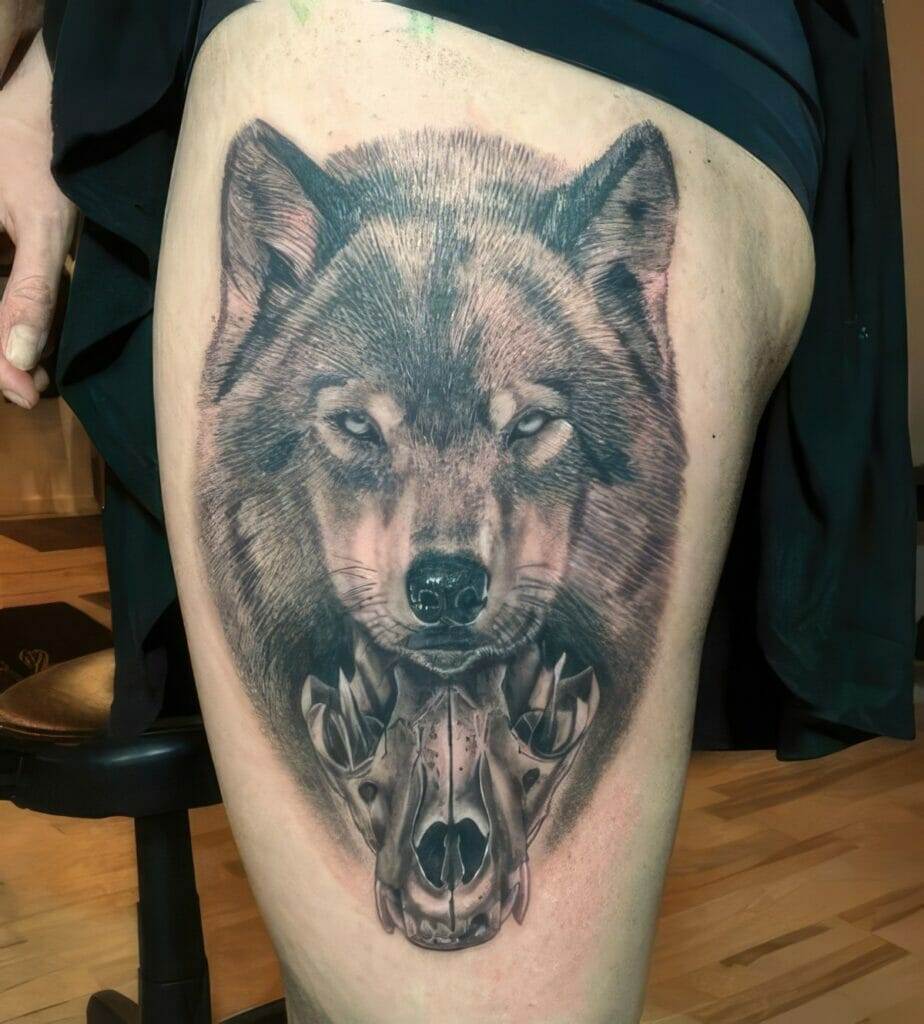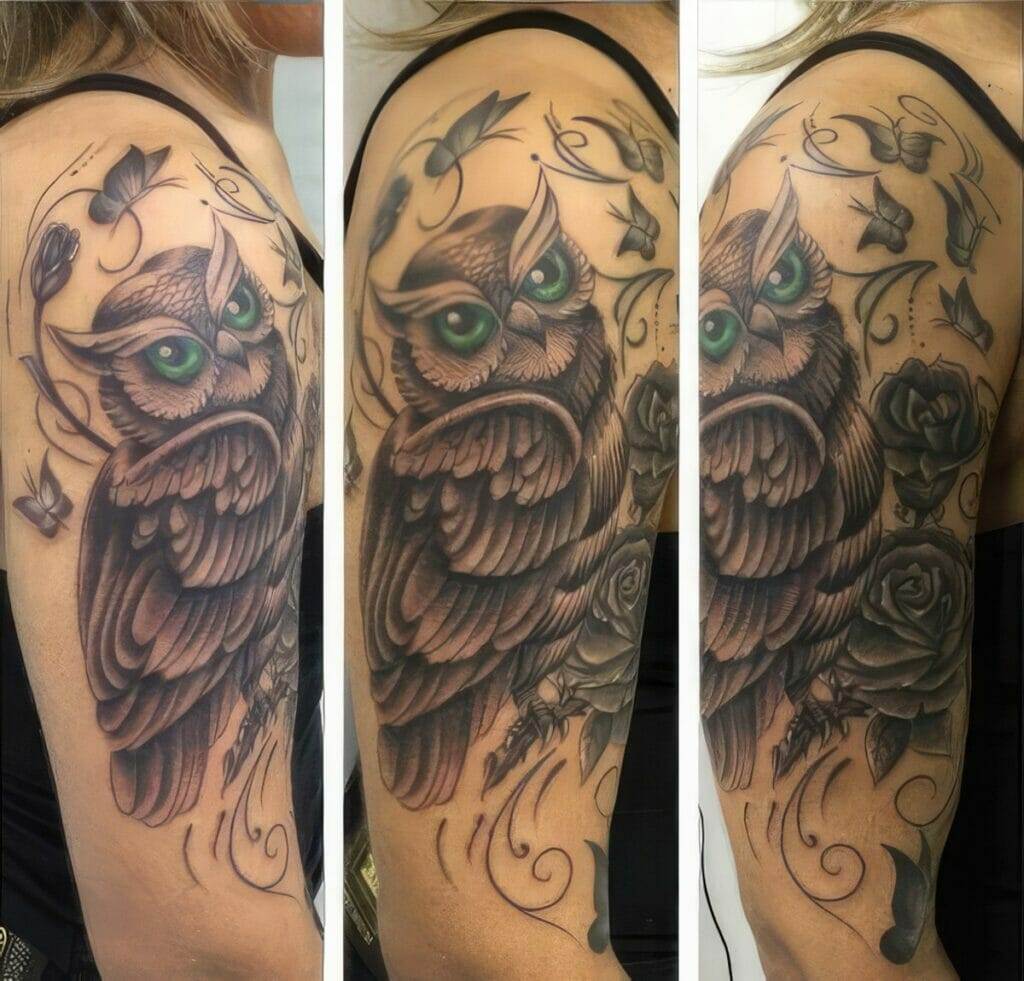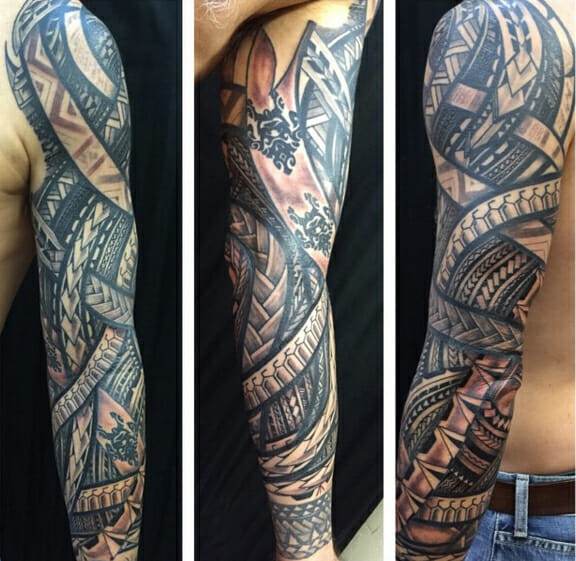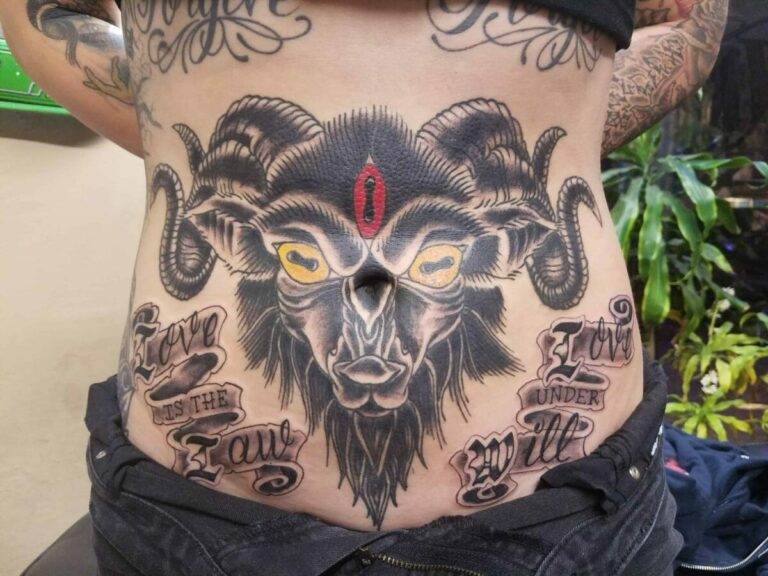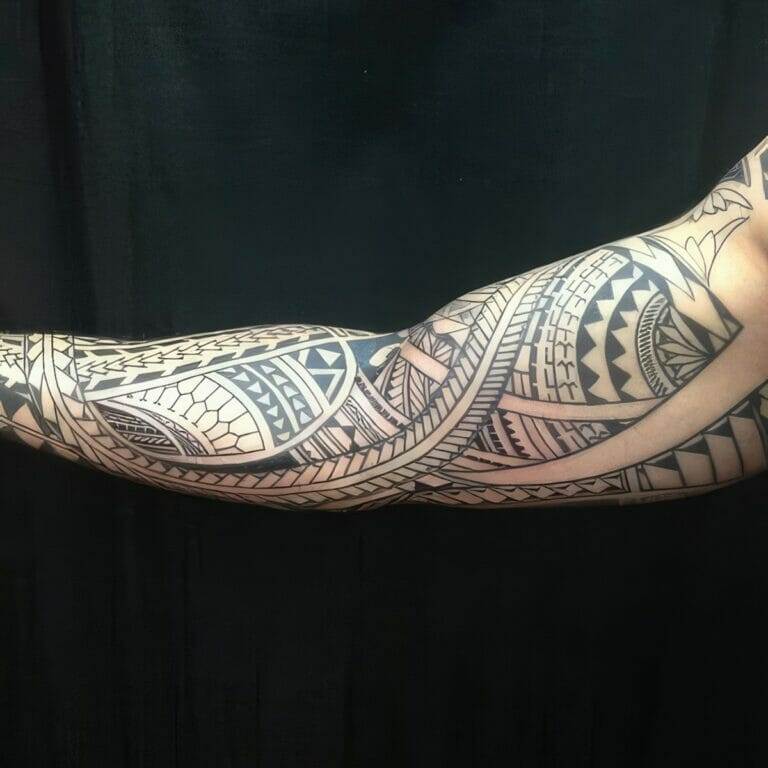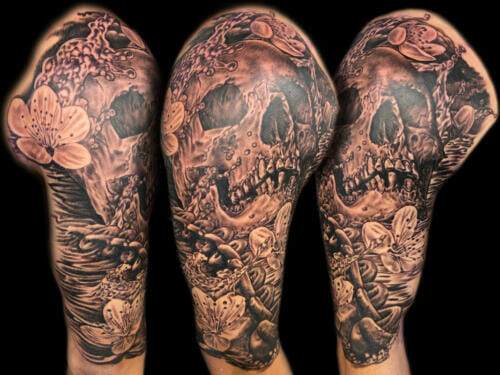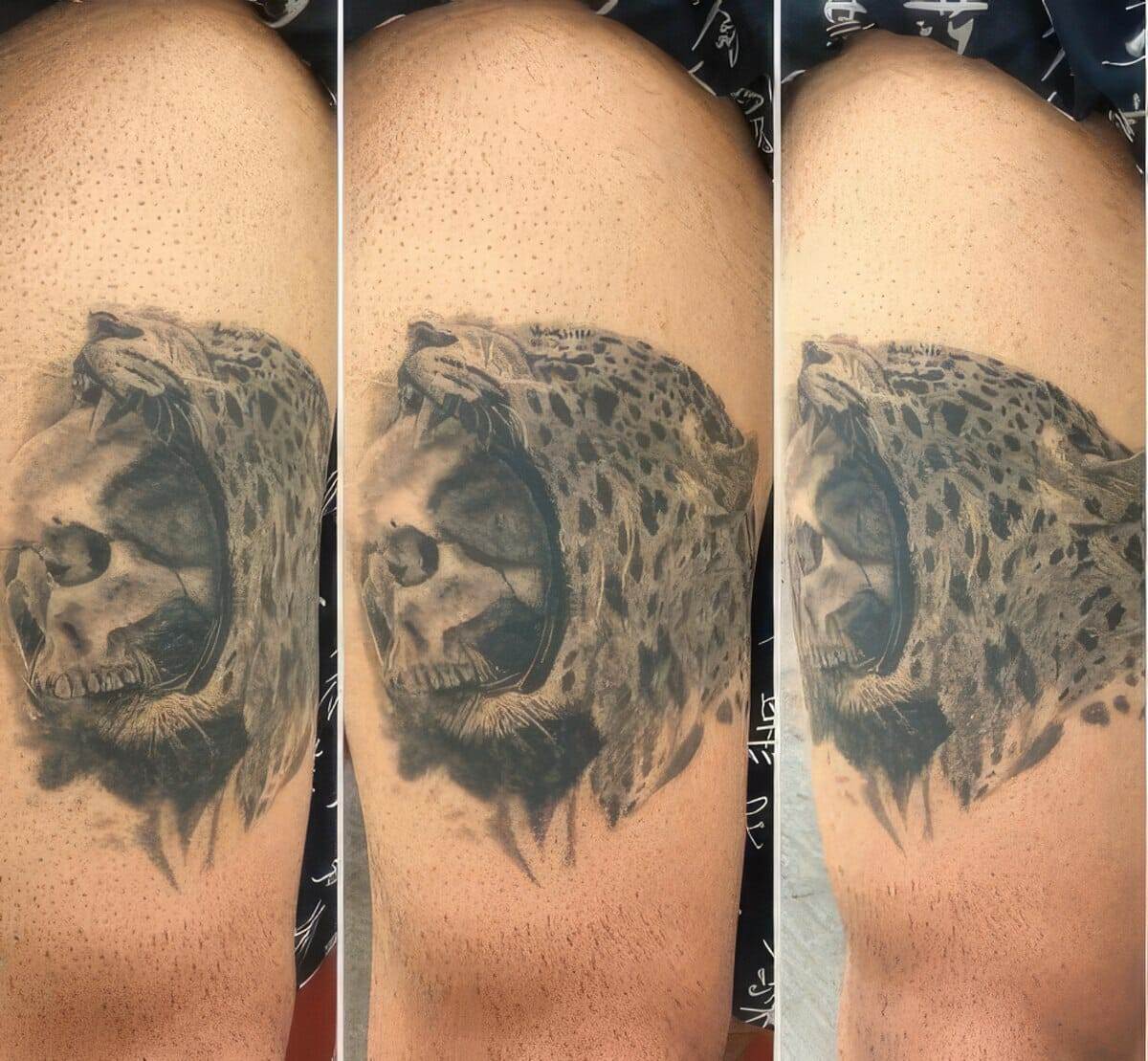
Black & grey tattooing is a style of tattooing that uses only black ink and varying shades of grey to create intricate and detailed designs. This style has gained immense popularity in recent years, with many people opting for black & grey tattoos over traditional color tattoos. The appeal of black & grey tattooing lies in its ability to create a more subtle and realistic look, as well as its versatility in capturing different moods and emotions.
Black & grey tattooing is often associated with a more subdued and understated aesthetic. The absence of color allows for a greater focus on the intricate details and shading techniques used in the design. This style is particularly popular for portraits, as it can capture the nuances of a person’s features and expressions with great precision. Additionally, black & grey tattoos tend to age better than color tattoos, as they are less prone to fading and distortion over time.
The History of Black & Grey Tattooing
The origins of black & grey tattooing can be traced back to the early days of tattooing itself. In the early 20th century, when tattooing was still considered taboo and primarily associated with sailors and criminals, black ink was the most readily available and commonly used ink. Tattoo artists would often dilute the black ink with water or other substances to create different shades of grey, allowing them to achieve a wider range of tones in their designs.
Over time, black & grey tattooing evolved as artists experimented with different techniques and tools. In the 1970s and 1980s, artists like Jack Rudy and Freddy Negrete pioneered the use of single-needle tattoo machines, which allowed for greater precision and control in creating fine lines and intricate details. This advancement in technology further contributed to the popularity of black & grey tattooing.
The Difference between Black & Grey and Color Tattoos
While both black & grey tattoos and color tattoos have their own unique appeal, there are some key differences between the two styles. Black & grey tattoos, as mentioned earlier, tend to have a more subdued and realistic look. The absence of color allows for a greater focus on the details and shading techniques used in the design. This style is often preferred for portraits and other designs that require a high level of precision and realism.
On the other hand, color tattoos can be more vibrant and eye-catching. They allow for a greater range of expression and creativity, as artists can use different colors to bring their designs to life. Color tattoos are often chosen for designs that are more whimsical or abstract, as they can create a sense of playfulness and vibrancy.
Ultimately, the choice between black & grey and color tattoos comes down to personal preference and the specific design being considered. Some people may prefer the timeless elegance of black & grey tattoos, while others may be drawn to the boldness and vibrancy of color tattoos.
The Importance of Shading in Black & Grey Tattooing
Shading is a crucial element in black & grey tattooing, as it helps to create depth and dimension in the design. Without proper shading, a black & grey tattoo can appear flat and lackluster. Shading is what gives a tattoo its three-dimensional quality, making it appear as if it is coming to life on the skin.
There are several techniques that tattoo artists use to achieve smooth shading in black & grey tattoos. One common technique is called “whip shading,” which involves using a circular motion with the tattoo machine to create soft and gradual transitions between different shades of grey. Another technique is called “dotwork,” which involves using tiny dots of ink to create shading effects. This technique can create a more textured and stippled look in the design.
To achieve smooth shading, it is important for artists to have a good understanding of light and shadow. They must be able to visualize how light would interact with the design and use shading techniques to create the illusion of depth and form. Practice and experience are key in mastering the art of shading in black & grey tattooing.
Techniques for Achieving Smooth Blends and Gradations
Achieving smooth blends and gradations in black & grey tattoos requires a combination of technical skill and artistic vision. One technique that artists use is called “feathering,” which involves using a light touch with the tattoo machine to create soft and subtle transitions between different shades of grey. This technique requires a steady hand and a delicate touch, as too much pressure can result in harsh lines and uneven shading.
Another technique that artists use is called “layering,” which involves building up layers of ink to create gradual transitions between different shades of grey. This technique allows for greater control over the intensity of the shading and can create a more realistic and three-dimensional look in the design.
In addition to these techniques, artists can also experiment with different needle configurations and ink dilutions to achieve different effects. For example, using a round shader needle can create smoother blends, while using a flat shader needle can create more defined lines and textures. Similarly, diluting the ink with water or other substances can create lighter shades of grey, while using undiluted ink can create darker shades.
The Role of Contrast in Black & Grey Tattooing
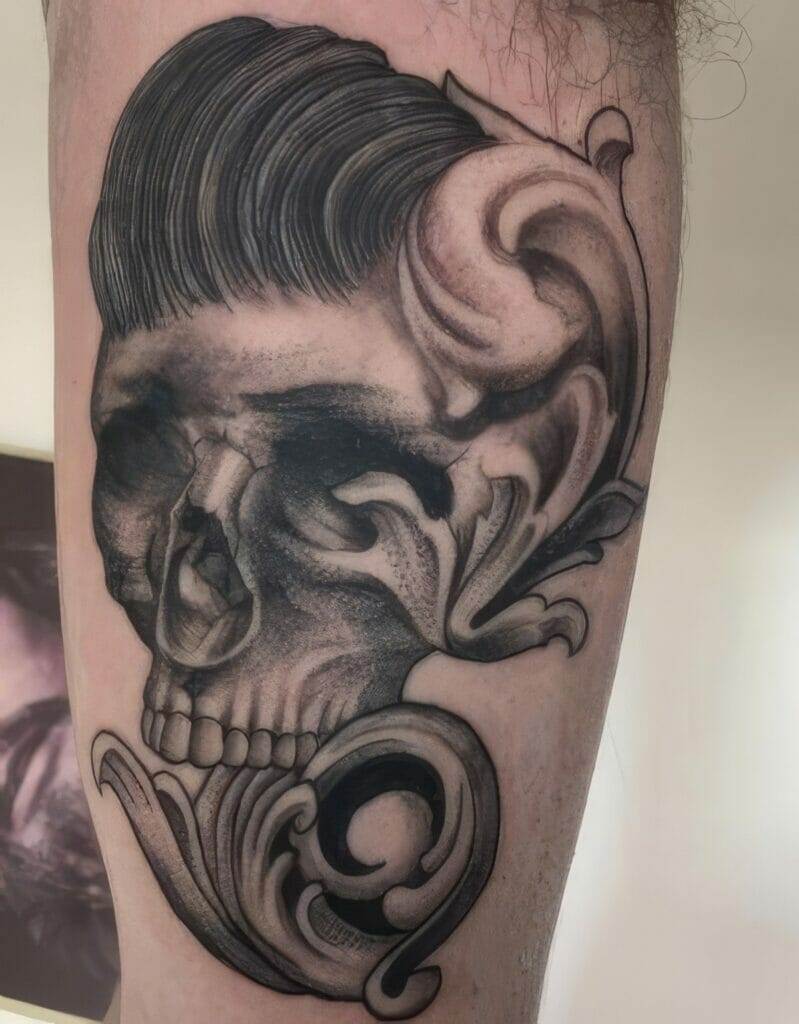
Contrast is an important element in black & grey tattooing, as it helps to create visual interest and make the design stand out on the skin. Without proper contrast, a black & grey tattoo can appear flat and lack depth. Contrast is what gives a tattoo its visual impact, making it catch the eye and draw attention.
There are several techniques that artists use to achieve contrast in black & grey tattoos. One technique is called “blackwork,” which involves using solid black areas to create bold and striking contrasts against lighter shades of grey. This technique can create a dramatic and graphic look in the design.
Another technique is called “highlighting,” which involves using white ink or leaving areas of the skin untouched to create bright highlights against darker shades of grey. This technique can create a sense of luminosity and make the design appear more dynamic and three-dimensional.
To achieve effective contrast, it is important for artists to have a good understanding of value and tone. They must be able to differentiate between different shades of grey and use them strategically to create a sense of depth and dimension in the design. Experimenting with different shading techniques and ink dilutions can help artists achieve the desired level of contrast in their black & grey tattoos.
The Use of Negative Space in Black & Grey Tattoos
Negative space refers to the areas of the design that are left untouched or intentionally left blank. In black & grey tattooing, negative space can be used to create contrast and balance in the design. By leaving certain areas of the skin untouched, artists can create a sense of lightness and openness in the design, making it appear more dynamic and visually striking.
Negative space can also be used to create a sense of depth and dimension in black & grey tattoos. By strategically leaving certain areas of the design blank, artists can create the illusion of light hitting the surface of the tattoo, making it appear more realistic and three-dimensional.
There are several ways that artists can incorporate negative space into their black & grey tattoos. One common technique is called “negative shading,” which involves using light strokes or leaving areas of the skin untouched to create highlights against darker shades of grey. Another technique is called “negative outlining,” which involves using solid black lines to outline certain areas of the design, while leaving other areas blank.
The Influence of Realism in Black & Grey Tattooing
Realism has had a significant influence on black & grey tattooing, as many artists strive to create tattoos that are as lifelike and detailed as possible. Realism in black & grey tattooing involves capturing the subtle nuances of light and shadow, as well as the intricate details of the subject matter.
Realistic black & grey tattoos often feature portraits of people or animals, as these subjects allow for a greater level of detail and precision. Artists use shading techniques to create the illusion of depth and form, making the tattoo appear as if it is coming to life on the skin.
Realism in black & grey tattooing requires a high level of technical skill and attention to detail. Artists must be able to accurately capture the features and expressions of their subjects, as well as the textures and patterns of their surroundings. This style of tattooing often requires multiple sessions and meticulous planning to achieve the desired level of realism.
The Emergence of Surrealism in Black & Grey Tattoos
In recent years, there has been a growing trend towards surrealism in black & grey tattooing. Surreal black & grey tattoos often feature dreamlike or fantastical imagery, with elements that defy logic and reality. This style allows for a greater level of creativity and experimentation, as artists can combine different elements and concepts to create visually striking and thought-provoking designs.
Surreal black & grey tattoos often incorporate elements such as distorted figures, floating objects, and abstract patterns. Artists use shading techniques to create depth and dimension in these designs, making them appear as if they are suspended in space or emerging from the skin.
Surrealism in black & grey tattooing requires a strong imagination and a willingness to push the boundaries of traditional tattooing. Artists must be able to think outside the box and create designs that challenge the viewer’s perception and understanding of reality.
The Diversity of Styles within Black & Grey Tattooing
Black & grey tattooing encompasses a wide range of styles and aesthetics, each with its own unique characteristics and appeal. Some of the most popular styles within black & grey tattooing include:
– Traditional black & grey: This style is characterized by bold lines, solid black areas, and minimal shading. It often features classic tattoo motifs such as skulls, roses, and anchors.
– Neo-traditional black & grey: This style combines elements of traditional tattooing with more modern and illustrative techniques. It often features bold outlines, vibrant shading, and intricate details.
– Chicano black & grey: This style is heavily influenced by Mexican-American culture and often features religious iconography, gang symbols, and portraits of loved ones. It is characterized by fine lines, intricate patterns, and realistic shading.
– Japanese black & grey: This style draws inspiration from traditional Japanese art and often features mythical creatures, samurai warriors, and cherry blossoms. It is characterized by bold outlines, vibrant shading, and intricate details.
– Geometric black & grey: This style incorporates geometric shapes and patterns into the design, creating a sense of symmetry and balance. It often features abstract or minimalist imagery.
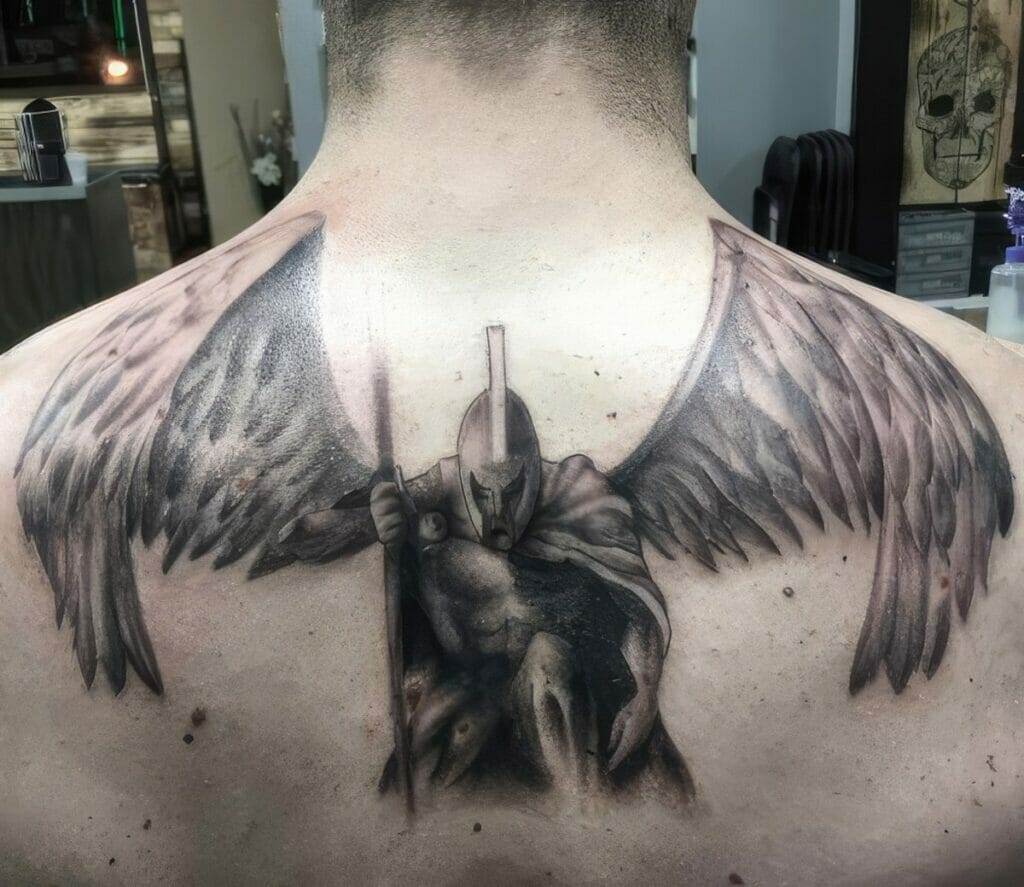
The Enduring Appeal of Black & Grey Tattoos
Black & grey tattoos have stood the test of time and continue to be a popular choice for many people. The timeless elegance and versatility of this style make it a favorite among tattoo enthusiasts and artists alike. Whether it’s a realistic portrait or a surrealistic design, black & grey tattoos have the ability to capture emotions and tell stories in a way that is both visually striking and deeply personal.
As tattooing continues to evolve and new styles emerge, black & grey tattooing remains a constant presence in the industry. Its enduring appeal lies in its ability to create intricate and detailed designs that stand the test of time. Whether it’s a small symbol or a full sleeve, black & grey tattoos have the power to make a lasting impression and become a cherished piece of art.

